In defense of bitter
A seed—the last stage in a plant’s life cycle and the first in another—holds a great tension, yoking death to life. Its abrasive potency fills my mouth with hope.
Recently, while hiking Oregon’s overgrown logging trails, I descended into a dusty blue horizon of Oregon Grapes. Ripe and juicy I bit down on one—a smokey initiation, then tart explosion, and final oh-so-acrid resuscitation as its seeds tannined my tongue. Each morsel a koan to suspend thought and discover the world anew.
Bitter gets a bad rap. Many hate the flavor, no one wants to be called bitter, even cold weather is demoted with bit of bitter.
Maybe your face has scrunched up thinking about it. How could this caustic, gag inducing flavor and its resentful, grievance-holding twin ever be something worth defending?
Let’s peel ourselves away from habituation, press pause on judgement, and for this brief moment in time, peer into the Grand Canyon of original experience—that spacious relating before the brain boxes or genome codes bad or good. In this primordial gap, let synesthesia take over as synapses scramble to define. Gift yourself new tongue, new eyes, new touch as the petrichor of direct experience1 rinses conditioning away.
I bite down on another blue bomb and my tongue remembers lemon seeds, orange seeds, apple seeds; swaddled in sweetness, soft flesh fruits evolved to encourage ingestion, but their bitter, offspring-generators prefer to be left behind. A seed—the last stage in a plant’s life cycle and the first in another—holds a great tension, yoking death to life. Its abrasive potency fills my mouth with hope.
For as long as I can remember, I’ve loved bitter flavor. I drink bitters sans alcohol or sweeteners, my mouth waters with desire when thinking about radicchio, I enjoy the seeds of citrus fruit (and the pith is nice too) and unsweetened coca nibs send me into spasms of delight. Even as a kid I liked the bitter aftertaste of raw walnuts and snuck bites of mom’s baker’s chocolate. I hold a square in my mouth now and ask this bitter water—the Aztecs xocolatl is a combination of xocolli, meaning "bitter," and atl, meaning "water"—to share her secrets. She doesn’t whisper, she shouts. Danny Bowien, the chef behind Mission Chinese, a restaurant with outposts in New York and San Francisco, is nuts about bitter. He shares with affection, “The first time you have it your body kind of seizes up. I like that it punches you in the face.”
The word bitter originates from the Old English biter “having a harsh taste, sharp, cutting” and is the suffixed form of the Proto-Indo-European root bheid "to split.” Bitter bites, severs and separates. Bitter is decisive, discerning, discriminating, distinguishing. When the gene first evolved in animals, it protected them from eating toxic compounds.2 It held up a hand and said, “Hey this isn’t safe, let’s go try these instead.” Bitter is the parent who teaches healthy boundaries and honors our need for differentiation and individuation. Bitter is the mother dog biting off her pup’s umbilical cord, a ritual tearing of one into two.
I didn’t have good boundaries growing up. I was the human equivalent of blur, never knowing where another’s experience ended and mine began. Perhaps my affinity for bitter flavor was my body’s wish to draw harder lines, an antidote to “Kimmy is so sweet!” With family secrets masking truths of identity, I needed bitter to bite my amorphous self into a shape all my own. With her hard, uncompromising jaw, she tried to pull me inwards and down—from starry-eyed-crown to reality-belly—so I could find my feet on solid ground.
Like a pitched blade landing point-first into the earth, bitter roots with conviction. It puts flesh on I am, ensures I am safe, and empowers I belong.
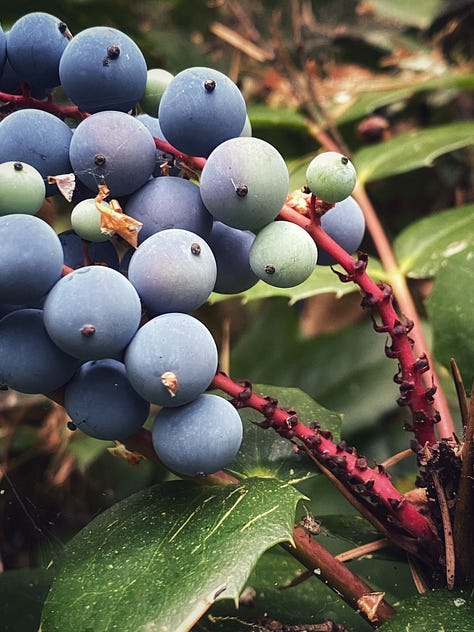

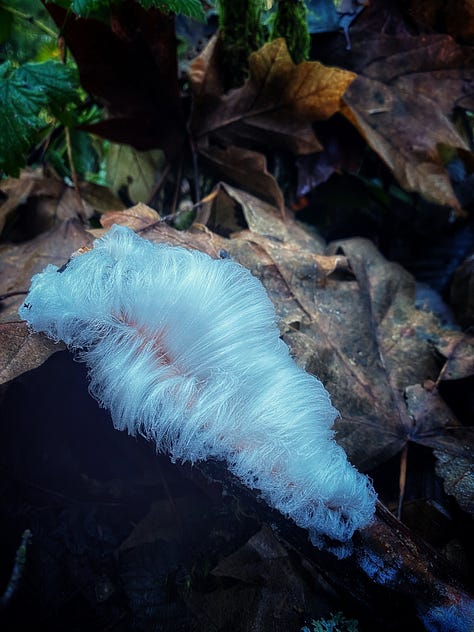
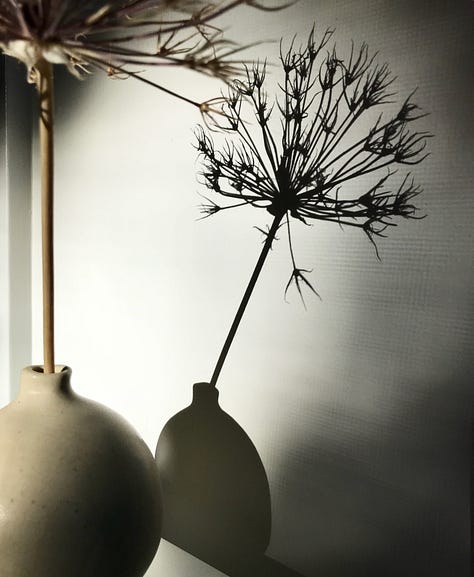
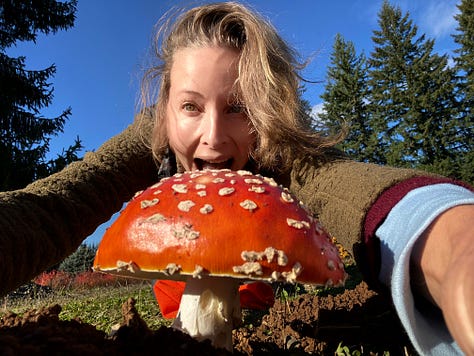
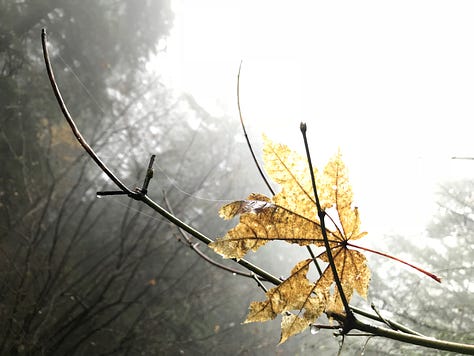

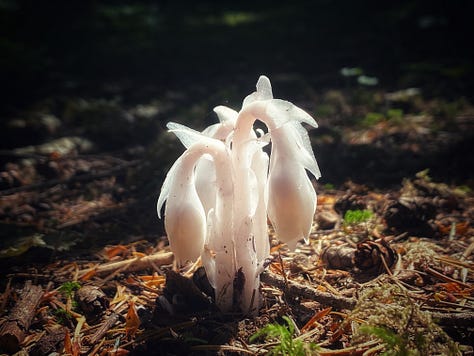
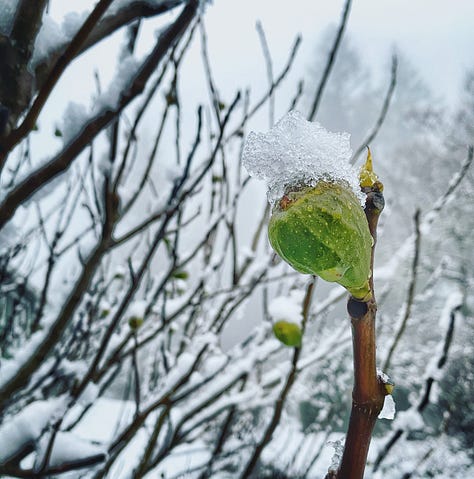
Across the traditional systems of Ayurveda, humoral, and Chinese medicine, bitterness is used to restore health and well-being. While a “bitter pill” might be hard to swallow with its negative connotation, the expression originally referenced the health benefits of bitter substances. The flavor is a common profile of herbs that are less in the realm of foods as fuel and more on the spectrum of potent medicinals. Alkaloids, glycosides, and flavonoids, which are often bitter, help support the circulatory and nervous system. Bitter can cool inflammation, release digestive fluids, descend and clear heat in the body; in the mind it balances emotions and decreases anxiety, excitability, insomnia and restlessness. If you’re feeling overexcited, hyperactive or failed your meditation 101 course, a Chinese Medicine 5 Element practitioner might use bitter to temper your “fire excess” and guide hot-headedness back down into your heart.
Bitterness is also used to harmonize flavors in a dish. As keen choreographers of taste, chefs play with sweet, salty, sour, pungent and bitter—less flash-mob and more modern improv—where each flavors’ participation are essential but not equal to one another. But in a culture over-zealous with sweet and salt, we’ve shooed the others off stage. For the Mexican chef Enrique Olivera, known for his intensely acrid molé, bitterness is an indispensable part of the dish’s transportive depths, promising but never quite relieving with sweetness. The creative tension puts his patrons into longing limbo; or in other words, his molé mimics life.
Inseparable twins, bitter and sweet. Bittersweet music, bittersweet chocolate, bittersweet memory. Bittersweet experiences are held by impermanence and longing, cradling our hearts on a hammock suspended between tenderness and terror. Rocking back and forth back and forth, we swaddle these experiences with meaning, relax into the swing and trust Kujin ganlai—at the end of bitterness is a sweet aftertaste—where minor key, melancholy and mist make sunshine even sweeter.
In many cultures, bitter represents the value of hardship as good training for life. Jews eat bitter herbs, usually horseradish, at Passover seders, to remind themselves of the suffering endured by ancestors. On the Japanese island of Okinawa, a common stir-fry of egg, tofu, pork and bitter melon called goya chanpuru is thought to ensure longevity—suffering in service of a long life. In the ancient painting “The Vinegar Tasters,” Confucius, Buddha, and Laozi hover over a pot of vinegar, each with a different reaction representing their philosophy. Confucius tastes the sourness of humanity gone wrong, Laozi tastes the sweetness of simplicity and the moment, but the Buddha tastes the bitterness of a life full of suffering. Humans hurt. Hearts break. Life ends. Buddha wasn’t trying to be a buzz kill, he was simply tasting life without embellishment, un-fluffed and imperfect, and understood the great, transformative freedom of no escape. All life is an act of surrender.
I want to be clear, this isn’t a “suck it up buttercup” pitch for our productivity-driven culture, but bitter does rattle our cage, expand our “shock-receiving capacity”—as Virginia Woolf explains in her unfinished autobiography—thereby opening us to tolerating the totality of life in all its harshness and beauty. And when we accept and transmute into meaning this psychic splinter of our shared plight, we sprout like a bitter seed into renewal, growth, and eventual sweet. Bitter not for bitter sake but for the opportunity to envelop it in love.
So a few weeks ago while harvesting calendula3 and pondering flavor stages of life, I found a handsome bee sleeping inside a bright, resinous blossom. My rule of thumb is to always leave a third behind for the wild things so accordingly, I didn’t disturb his nap. Three days later while puttering around the garden, I noticed he was still there. I leaned in, holding my breath against what I already knew, and gently rustled the now-fading petals. No wiggling legs. No startle of wing. Sun warmed, his good body flew miles for the hive’s life and then pollen shrouded, he paused to rest, and surrendered his earthly flight. While his golden coffin went to seed, so did he, gently falling together into death and rebirth, bitter to sweet.
bitter is autumn leaf curl and bone’s deossifying sigh the smell of earth pulling rain through wildfire sky born from hot ash but cool with distinction, bitter purifies the end and reifies creation bitter’s red warns don’t pick, bitter’s bite says don’t lick hard shadows, hard contrasts, hard song, bitter cuts us from her grip— falling, we belong
In Defense of Unanswered Prayers
Fellow muser
wrote a beautiful essay on Direct Experience recently. I had no idea this mode of philosophical inquiry, called phenomenology, is actually a “thing” or that I’ve been in one way or another pursuing it my entire life, including an odd experiment at age twelve where I intentionally and repeatedly stubbed my toe to try to experience pain as pure sensation without judgement. My experiment failed and I concluded pain is bad.Specialized bitter taste receptors are concentrated at the back of the tongue. Upon eating a bitter food, these receptors are activated, and and a signal is sent to to the brain that leads to the perception of a bitter taste. Scientists have found that many of the compounds that activate the bitter taste receptors are chemicals produced by plants. Many of these compounds were also found to be toxic and if consumed could lead to illness or death. Our ancestors and other animals have not always been able to taste bitter foods. The bitterness sensation is thought to have evolved 200 million years ago. The prevalent hypothesis is that bitter taste evolved by random gene mutation events which caused the formation of the TAS2R gene family and the bitter taste receptors on the tongue that could bind to toxic chemicals. Animals possessing these mutations were able to taste toxins in their food. https://scholarblogs.emory.edu/evolutionshorts/2014/05/01/the-evolution-of-bitter-taste/



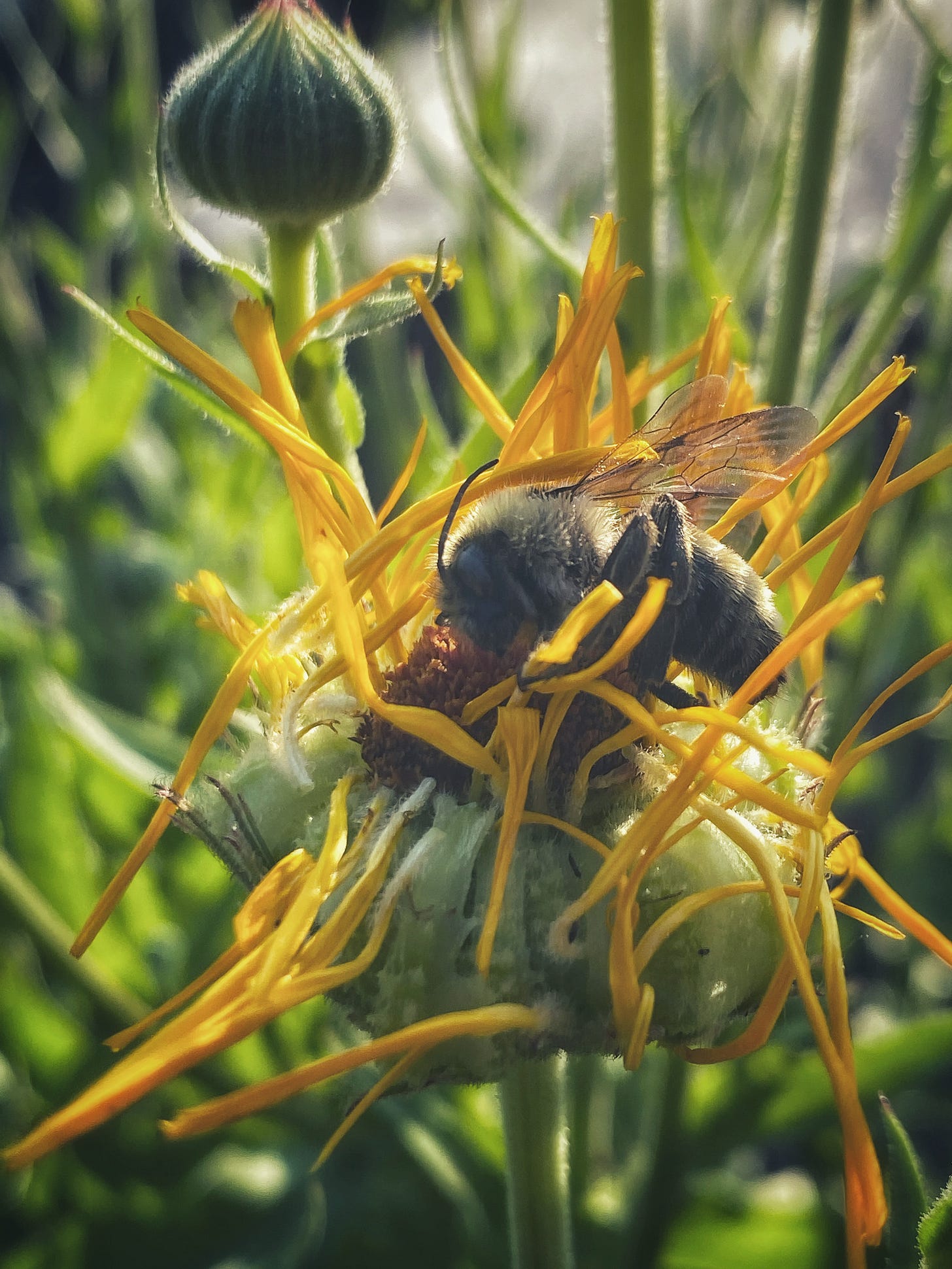
If I needed to be converted to enjoy the sudden rush of saliva assaulting the taste buds when the sensation of bitter hits them, you would have succeeded with ease! Not only have you brilliantly transplanted those health giving bitter seeds into metaphoric wisdoms traversing history and tradition into longing but you weaved magic into the words while you did!
I love this series Kimberly, every one has been a beautiful spiral of lushness which leaves me drooling, probably most inelegantly, for the next!
PS I have a secret stash of very precious raw cacao - a treat for days when the world is just too heavy to handle without a bitter hit - with the added zing of peel from a navel orange!
This post is simply stunning. I have a strong aversion to bitter and sour, but I have an equally strong affinity for beautiful writing. Thank you for these words 🤍